History of the Space Shuttle Columbia
Before its 27 successful missions, the history of the Space Shuttle Columbia includes some rigorous training and tests.
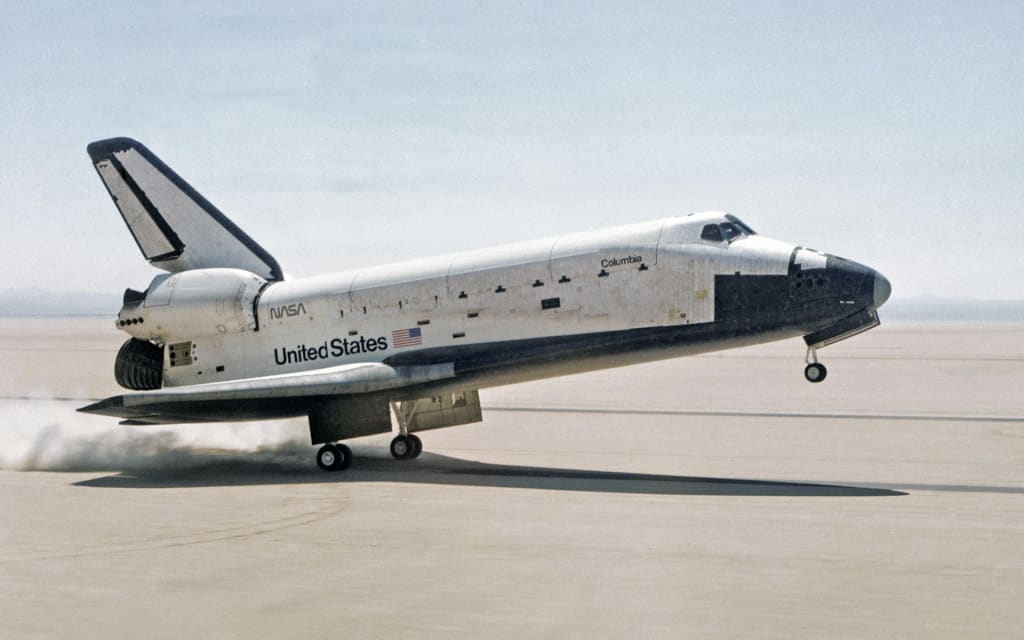
"That's one small step for man, one giant leap for mankind." Those were the memorable words spoken by astronaut Neil Armstrong. From Neil Armstrong's first steps on the Moon to the discovery of water on Mars, space exploration is no longer science fiction. It has been many decades since Space Shuttle Columbia took off for its fifth mission into space. On November 11, 1982, STS-5 successfully took off following the success of the first four test flights. It then executed a triumphant landing after spending five days, two hours, 14 minutes and 26 seconds in orbit.
After its first launch in April 1981, Columbia completed 27 missions, gathered 300 days spent in space, and traveled a distance of 125,204,911 miles before disintegrating during re-entry near the end of its 28th mission. On February 21st, 2003, the Space Shuttle Columbia, also referred to as STS-107, exploded, resulting in the death of all seven of its crew members. While each successful mission has had something to offer the world of space research and science, the first four missions of Columbia were crucial for understanding the capabilities and flaws of the Space Shuttle that went on to break barriers.
A Flight of Firsts

When the Space Shuttle Columbia lifted off for the fifth time on November 11, 1982, it joined the stable of NASA workhorses as a fully operational spacecraft. For STS-5, Columbia carried two communications satellites, the payloads of the Shuttle's first paying customers. There were other "firsts" as well. Commander Vance Brand and Pilot Robert Overmyer were joined by Mission Specialists William Lenoir and Joseph Allen, making it the first Shuttle mission to carry a crew of four. The two ejection seats aboard Columbia's first four flights were removed for this mission, and the four astronauts took off in "shirtsleeves," wearing regular flight outfits rather than the pressurized escape suits worn by earlier crews.
Mission plans called for satellite SBS-C, a business communications satellite, to be launched eight hours after the Shuttle took off, followed by the Canadian communications satellite Telesat-E 24 hours later. The launch procedure was identical for the two satellites. After the Orbiter reached the launch position and the payload bay doors opened, two small motors began to spin the satellite to insure flight stability. After a 30-minute checkout by the mission specialists, the hold downs were released and a spring pushed the satellite away from the Orbiter. When the satellite was about a mile from the Orbiter, the payload assist module (a modified Delta rocket third stage) was fired, sending the satellite into its transfer orbit far above. About two days later, the satellite ejected the burned-out payload assist rocket and fired its own rocket to reach a geosynchronous orbit, 22,000 miles above the Earth.
Mission planners added a day to STS-5's schedule to allow time for the two mission specialists to put on their spacesuits and perform the first Shuttle extravehicular activity (EVA), a stroll in Columbia's payload bay. This was the first use of the new Shuttle spacesuits. During the EVA, mission specialists Lenoir and Allen tested tools and repaired procedures to be used on future Shuttle missions.
Landing plans included use of the automatic landing system from 10,000 feet until the Orbiter came to a stop on the runway. This was the biggest test of automatic landing, yet. The landing was scheduled for Edwards Air Force Base in California, though there was a chance that the Orbiter would touch down near the launch site at Kennedy Space Center in Florida.
Successful Test Missions
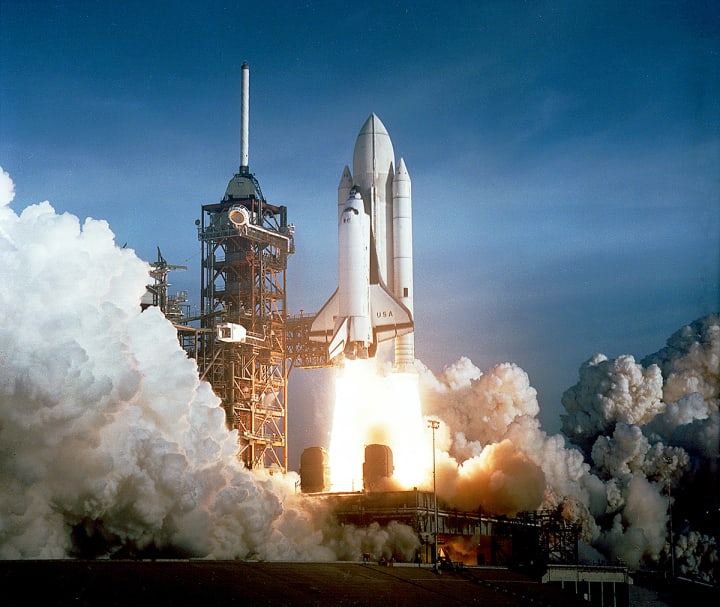
Image via The Daily Beast
Looking back on the first four missions, it's easy to forget that they tested flights. Between each exciting launch and landing, scores of systems and procedures were being tried and analyzed. The testing had two basic goals. Engineers wanted to know how the Shuttle would perform as a spacecraft. Scientists wanted to know how it worked as a laboratory. In only 19 months from its maiden voyage, the Space Transportation System (the "STS" in STS-1, STS-2, and so on) went from the most famous experimental spacecraft in history to the world's most sophisticated and versatile space truck.
STS-1 was created to prove the system would work and the first flight of the Shuttle had a very simple goal: get Columbia and its crew safely into space and back again. The landing promised to be especially dramatic since nothing like it had ever been tried before. The Shuttle's re-entry depended on a new and basically untried technology, the Thermal Protection System (TPS). From the beginning, NASA had trouble with the TPS's thousands of heat-resistant tiles.
The first launch attempt had to be scrubbed because the Shuttle's four computers wouldn't "talk" to each other. But the problem was quickly solved and on April 12, 1981, John Young and Robert Crippen took the ride that everyone was waiting for. But the launch was perfect, actually better than expected. Once in orbit, the payload bay doors were opened so the cooling system could be tested. During this procedure, Shuttle-watchers got their first scare: the astronauts saw that some of the thermal protection tiles were missing! Even though NASA engineers felt sure the astronauts were safe, everyone knew that a failure in the TPS could mean a fiery end for spacecraft and crew.
After 53 hours in space, Columbia began its historic return to Earth. The world waited anxiously as the Thermal Protection System got the acid test. Tension grew as the heat of re-entry caused the usual communications blackout. At the end of the blackout, the Shuttle crew calmly reported all systems were nominal (the engineering term for "as expected"). When the new spacecraft approached Edwards Air Force Base for landing, two sonic booms rolled through the California sky, as if to salute the beginning of the new age in space. At the post-flight press conference, Commander John Young said, "The first Space Shuttle flight can truly be called nominal, but I think we can do away with the word nominal. You can call it phenomenal."
For STS-1, Columbia had carried a light payload of equipment designed to collect engineering data. One objective of STS-2 was to see how the Shuttle would perform with a heavier payload - about 7,000 pounds heavier and was responsible for continuing the shake down. Along with a scientific package, the payload bay held the Remote Manipulator System (RMS), the remote controlled robot arm designed to let astronauts work on cargo without leaving the cabin.
STS-2 had some bad luck, beginning with two launch delays. The first delay was caused by problems with two of the Orbiter's Auxiliary Power Units (APUs), which supply the power for maneuvering the main engines, wing flaps, payload bay doors, and landing gear. The second delay was caused by a malfunction in a unit designed to send data from the spacecraft during the flight. Finally, on November 12, 1981, Columbia became the first spacecraft to return to space. The bad luck continued in orbit. Two and a half hours into the mission, a problem was detected in one of Columbia's three fuel cells, which provide the Orbiter's electrical power. Although the Orbiter can operate with only two fuel cells if necessary, Mission Control decided to play it safe and shorten the mission from 124 hours to 54. Even though the mission was shortened, 90% of the mission objectives were accomplished. The RMS performed well, despite several camera failures and a mechanical problem which was later traced to a broken wire.
Most of the experiments aboard STS-2 were performed as planned. One instrument, Shuttle Imaging Radar-A (SIR-A), used microwave radiation to look through trees and plants directly at the Earth's surface. The instrument actually was able to look below the surface of the planet, revealing ancient terrain in the Sahara Desert. At the time, it was predicted that SIR-A may help archeologists select areas in which to dig, and may also be applied to planetary studies, such as studying the surface beneath Mars' polar ice caps.
The Shuttle Multispectral Infrared Radiometer (SMIRR) used 10 different wavelengths of light to identify different mineral deposits likely to hold valuable deposits of ore. The investigation was very successful, and oil companies are already using the technique with airplanes to examine small areas of Earth. But only SMIRR can study large areas of the planet economically.
The troubled mission was completed on November 14, 1981 with a near-perfect landing. And even though astronauts Joe Engle and Richard Truly had more than their share of difficulties, they declared the Shuttle "a magnificent flying machine."
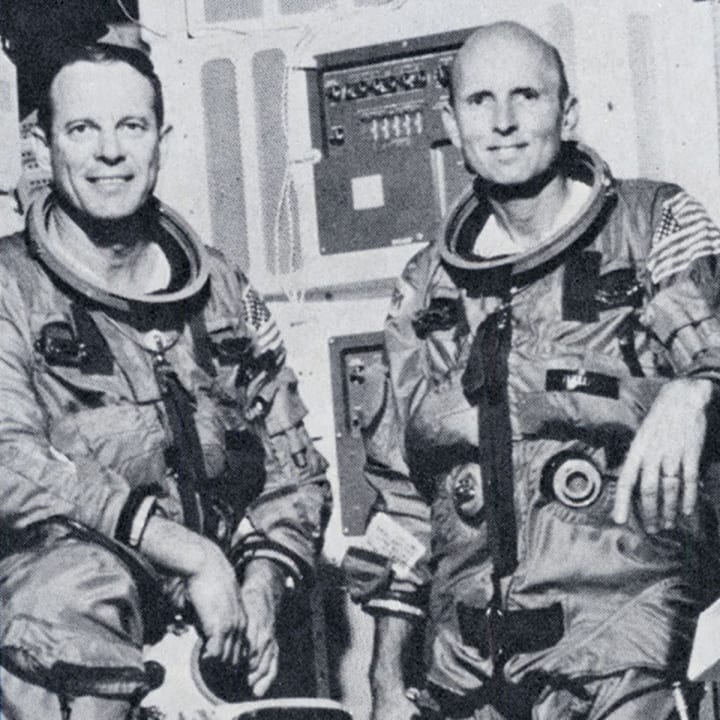
The launch of STS-3 on March 22, 1982, was only one hour behind schedule. Once in space, astronauts Jack Lousma and Gordon Fullerton put Columbia in several positions to see how temperature differences affected various Shuttle systems. The main positions tested were top-to-Sun, tail-to-Sun/bottom-to-Earth, and nose-to-Sun. One purpose of the tests was to see if the heating systems were able to warm critical parts that were not being heated by the Sun. The maneuvering engines were also tested to see if they would function properly after being in the cold darkness of space.
The testing uncovered a limitation of the payload bay doors, which refused to close after being in the cold space of the Orbiter's shadow. This caused some concern since the Shuttle can't land with the doors open, but the doors closed normally after they were warmed up in the top-to-Sun position. An important goal of the Shuttle's test flights was to study the way the Orbiter interacts with the space environment. The Induced Environment Contamination Monitor (IECM) and other instruments studied the amounts of cosmic dust and micrometeorites deposited on the Shuttle and the instruments in the cargo bay. Only small amounts were detected.
Other experiments showed that water and gas dumped from the Orbiter and materials released by the Shuttle's maneuvering jets have almost no effect on instruments or the surrounding space. However, gasses dumped by the Orbiter do cause a bright glow when the Orbiter is in sunlight. Since the glow disappears when the Earth is between the Sun and the Orbiter, sensitive astronomical observations may have to be done when the Orbiter is in the Earth's shadow.
However, the flexibility of the Shuttle program was tested when heavy rains in California forced the landing to be shifted to the Northrup Airstrip at the White Sands Missile Range in New Mexico. And a dust storm at the alternate landing site forced a one-day extension of the mission. This delay meant a bonus for the solar flare experiment, the Solar X-ray Polarimeter. During the extra day, an unusually large solar flare was observed. With touchdown at 8:04 Pacific Time on March 30, 1982, the Shuttle completed its longest and most successful mission to this date. STS-3 proved that Space Shuttle Columbia was indeed flight worthy.
On the ground, Shuttle operations were improving, too. Columbia returned to Kennedy Space Center one week after landing at White Sands, one day ahead of schedule. This was three days faster than the turnaround after STS-2, and six days faster than the turnaround following STS-1. After the first mission, some 3,000 thermal protection tiles had to be repaired or replaced. By STS-3, the necessary repairs to the TPS were cut in half. Much of the damage to tiles came from landing on an unpaved strip, where dust and small stones were thrown up against the underside of the Orbiter.
Securing the Standard Countdown with STS-4

STS-4 was the first mission to use the standard countdown sequence planned for operational missions, and its goal of proving operational readiness went off without a hitch. Operators were especially proud that the June 27, 1982, liftoff took place on schedule despite a violent hailstorm the day before launch. It went a long way toward proving that the Shuttle could deliver dependable service to its future customers. Columbia weighed over 5,000 pounds more at liftoff than it did for STS-3. The launch path took Columbia through its maximum performance trajectory for the first time, and the final orbit was 200 X 184 miles.
While in orbit, the crew performed more tests and scientific experiments. The RMS got a heavy workout, manipulating a 869-pound payload, two times heavier than its previous assignment. The payload bay doors again refused to close after being in the cold of dark space, but again worked well after being heated in the sunlight. Engineers didn't consider this a problem - rather just a lesson in the way the doors had to be operated during future missions.
One of STS-4's experiments, called the Continuous Flow Electrophoresis System, actually marked the beginning of manufacturing in space. Electrophoresis is the separation of different materials by their electrical properties. It is used to produce drugs for a variety of diseases, including diabetes and cancer. On Earth, electrophoresis is very expensive and inefficient because of the effects of gravity. In the micro-g environment of space, purer products can be produced in much greater amounts. The STS-4 experiment was such a great success that plans were then being made for a commercialized electrophoresis system which would lead to the sale of space-manufactured drugs by 1987.
Columbia's Final Test Flight
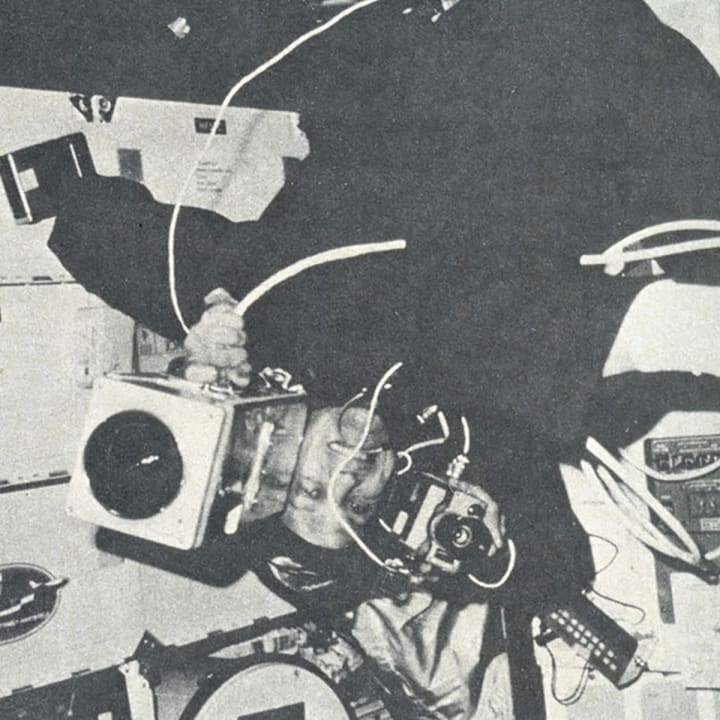
The Shuttle's last test flight ended on July 4, 1982, with Columbia's first landing on a hard runway. While this wasn't a great technical challenge, it did give NASA more confidence about landing at Kennedy Space Center in Florida. With the completion of STS-4, 95 percent of the tests planned for the first four flights were completed. A few bugs were found and ironed out, but no serious malfunctions occurred. Some tests remained, especially landings under different weather conditions, but NASA was satisfied that Columbia was ready to do its job.
And the Columbia did go on to do its job. After the first four-person crew came the first six-person crew. Following that success was satellite launches and space labs, as well as many other tasks. With the advancements in research, the sky is truly the limit for science and technology. Humanity's quest for knowledge has continued for thousands of years; we're never satisfied with the little we know about the universe we live in. Whether we are exploring Mars or venturing into space to understand other planets, successes of Space Shuttles such as Columbia will allow us to take the quest into space in a progressive and economical way. Advancements in space research promise to return our investment in space - both in dollars and indirect benefits to humanity - as it takes us to work far above our home planet.
About the Creator
Futurism Staff
A team of space cadets making the most out of their time trapped on Earth. Help.

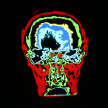


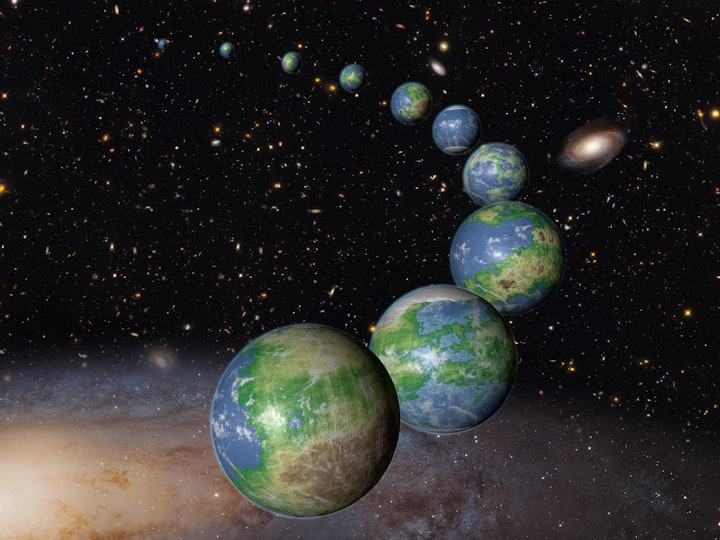

Comments
There are no comments for this story
Be the first to respond and start the conversation.